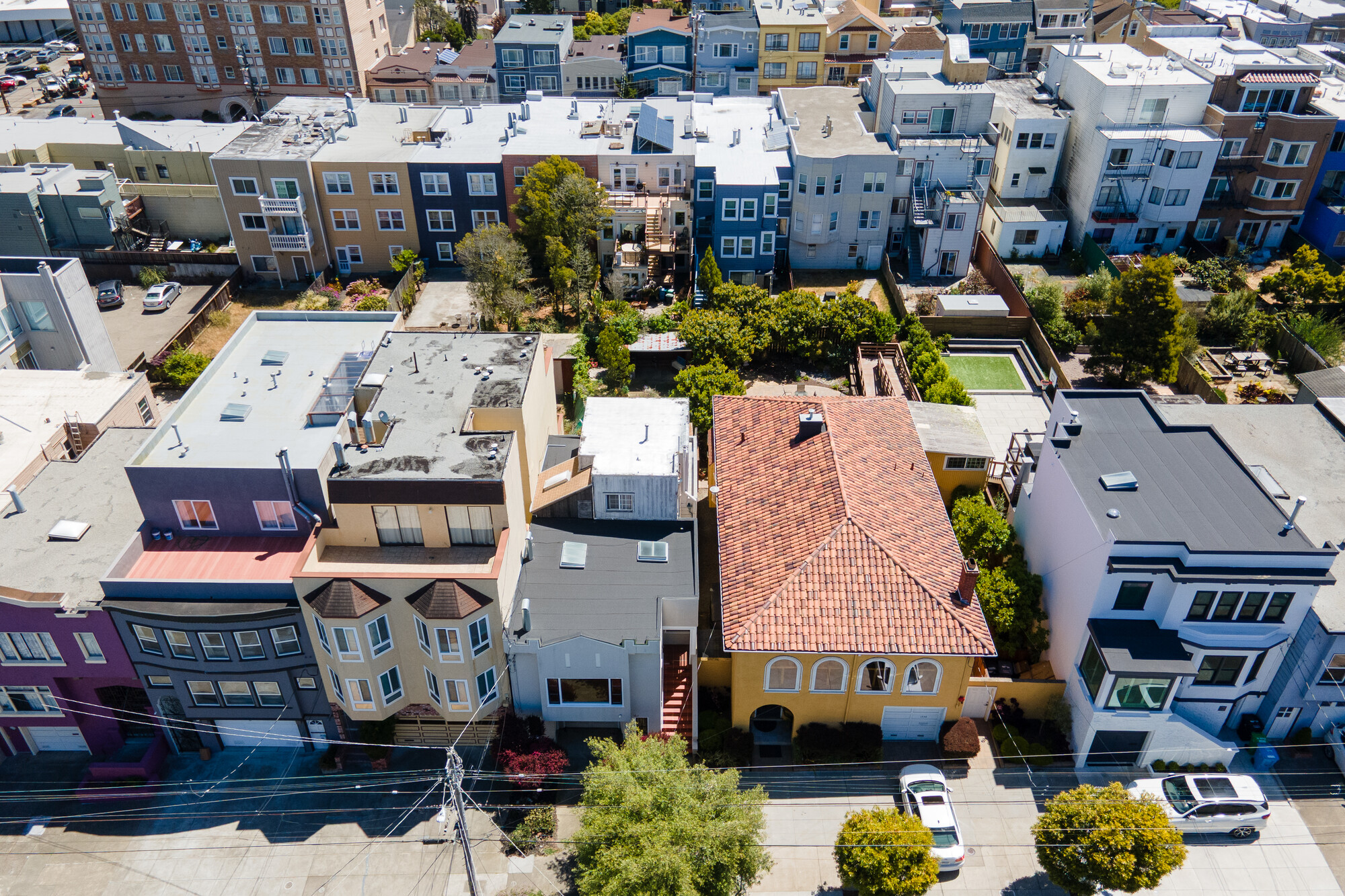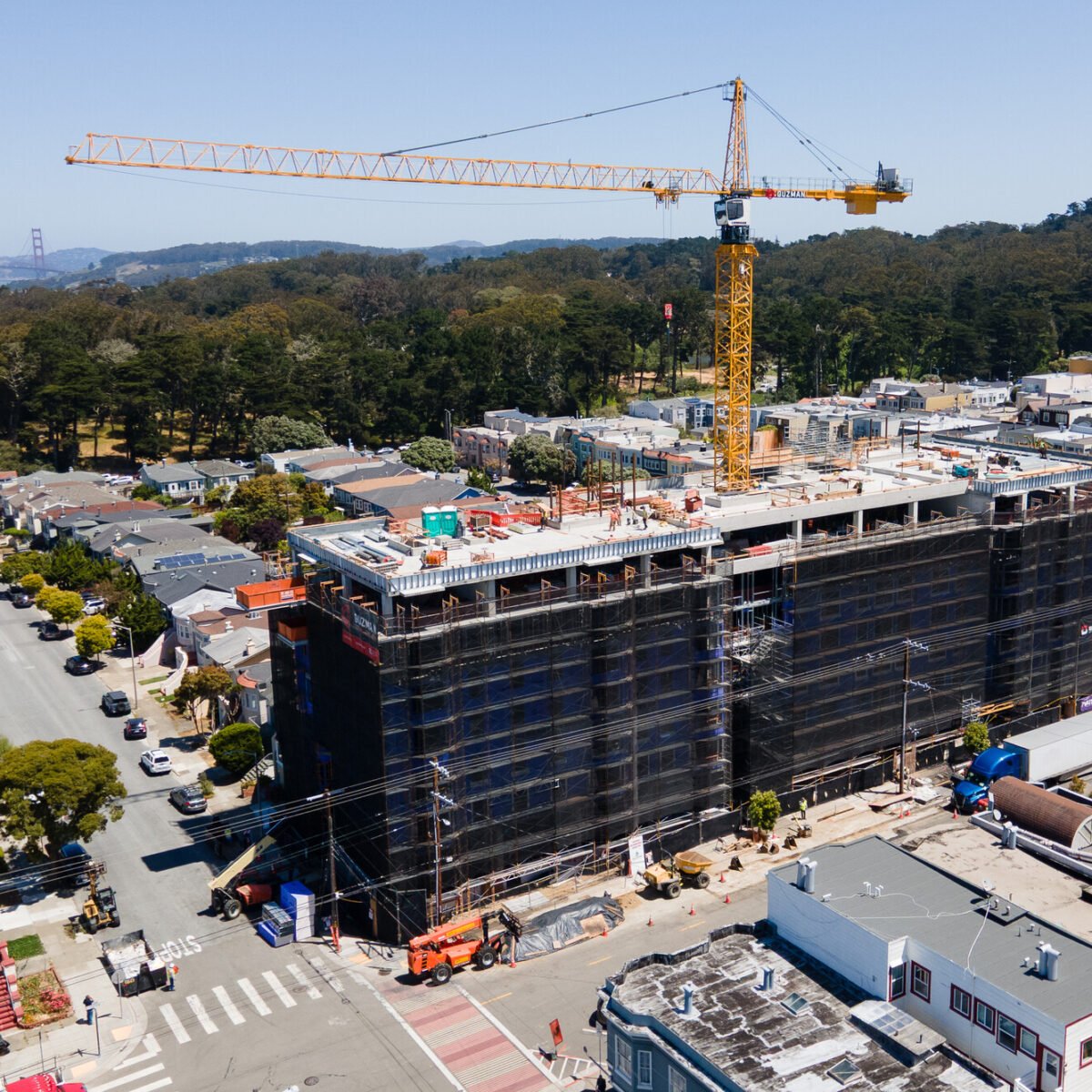“Instead of focusing on what’s actually needed — preserving existing rent-controlled housing, supporting small businesses, and building truly affordable homes — this plan upzones nearly the entire west and northeast sides of the city with no guardrails, no affordability guarantees, and silences the voice of residents in how their communities should grow,” Brooks said.
The report casts two projections based on a high-growth scenario and a low-growth scenario.
The high-growth scenario assumes that the city’s housing process returns to pre-pandemic levels by 2030 and grows until 2045, projecting a 10% increase in housing prices over the next five years. Under that model, the report found the plan could add 14,646 additional housing units, beyond what the city’s existing zoning might produce, over the next 20 years.
The low-growth scenario assumes that San Francisco housing prices increase only at the U.S. long-term rate of 1.8% annually, and that housing prices won’t reach pre-pandemic levels until 2041. That projection would lead to only 8,504 new units in 20 years.
The report also highlights changes to the housing market that have occurred in westside and northern neighborhoods, which are a focus of the rezoning plan to increase density. Condos downtown and in the South of Market neighborhood have experienced price drops of nearly 40% since 2016, while the Richmond and Sunset have fallen only slightly.

Jeff Bellisario, executive director of the Bay Area Council, said he’s projecting insignificant shifts in construction and labor costs in the years ahead. But other market factors could pose a challenge for the city in its effort to build thousands of new affordable homes.
“The real question is, where do rents go in the city? They have been increasing in the last 12 months. Do they continue on an upward trajectory?” he said. “Even if costs continue to move in an upward fashion or stay elevated, that may not matter if developers are able to recapture that via rents or if their condos are for-sale units via higher home prices. So I think that’s really the equation to think about.”
The report notes that the amount of housing that will be produced as a result of rezoning, and its economic impact on the city, depends on the future housing market conditions, creating uncertainty in the projections.
“If market conditions were such that the 36,000 unit target was achieved, as a result of the rezoning, the economic impact on the city would likely be significantly more positive than the estimates in this report,” it reads.
San Francisco’s Planning Commission approved the city’s zoning plan in September. In the weeks since, supervisors have put forward amendments, including to prohibit demolition of buildings with more than two rent-controlled units and to incentivize developers to replace lost commercial space.
Those amendments were not included in the city economist’s latest report, but could lower the housing production projections even more.
“As for the amendments, some are improvements, but they do not go far enough to protect tenants, small businesses, or neighborhood-serving corridors,” Brooks, of Neighborhoods United SF, said. “A responsible housing plan must balance production with protection and preservation. This one does not.”





